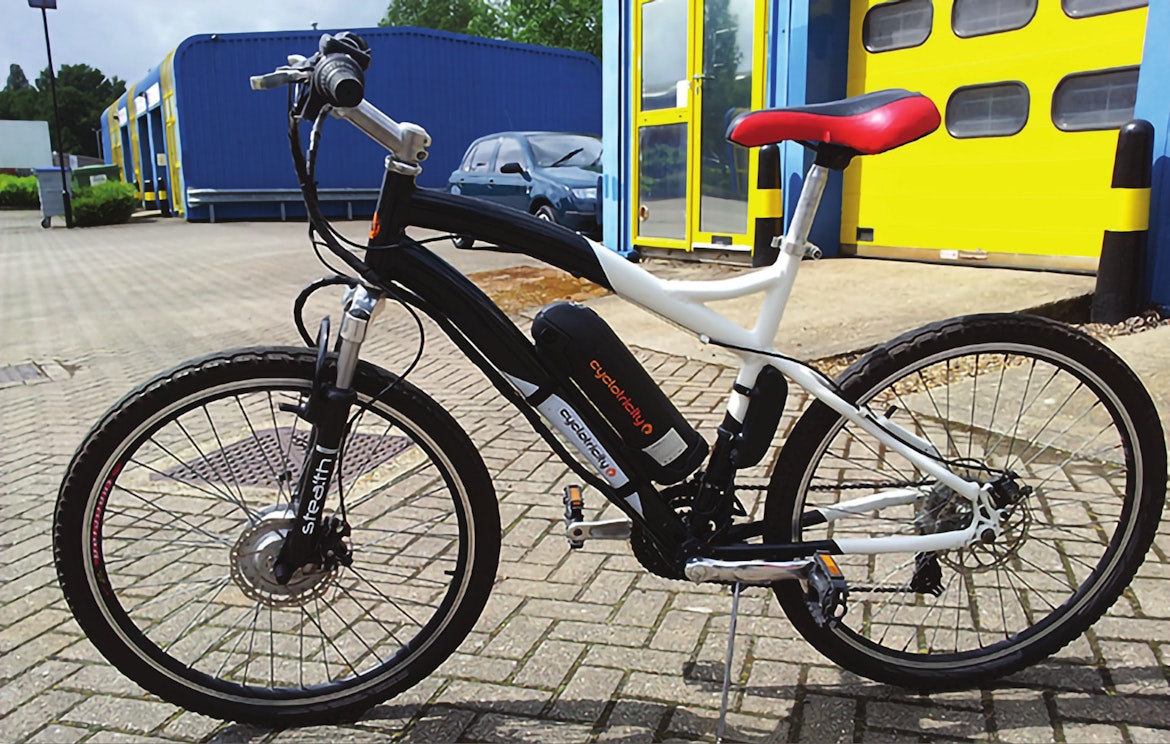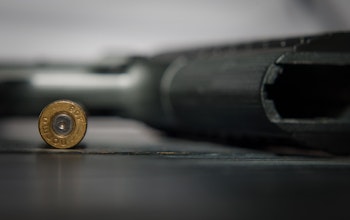The Electric Bike has been around for a while now and is based on the bicycle. An e-bike can be propelled by pedal power and by a small electric motor. There are many different options of this E-Bike available today. These E-bikes can carry weight and people who are not in the best physical shape many
miles on one charge and the batteries are small enough to be able to be recharged in many ways.
The bicycle has been a very popular mode of transportation across the world for many years and the new advances in lithium battery technology is making the E-Bike a close second to traditional bikes in popularity.
The bicycle is used to both transport heavier loads than you would want to backpack from place to place and for years a fringe group of travelers have used them to bike pack across countries around the world. The Vietcong used bicycles to transport loads of supplies around the country of Vietnam during the Vietnam War and did it very proficiently. In recent years US Army Airborne units have dropped in behind enemy lines with large loads of gear and folding mountain bikes to transport them to their targeted locations. Some of the armored vehicles would have mounts on the outside of the vehicle to fold and mount the bicycles once the troops assembled with an armored unit. European units have used bicycles over the years to transport infantry units and gear around their AO’s. The bicycle has a very long and effective history of being used as a way to transport people and loads in a speedy and efficient manner over the years.
The E-Bike is just the next generation of this mode of transportation. With the smaller power requirements and ease of recharging it makes a more efficient way to accomplish what the pedal bicycle has done for many years. The E-bikes are designated in classes in the United States and have different capabilities that differentiate those classes of e-bike. Class1 E-Bikes are generally under 750-watt motors and pedal assist only. These E-bikes don’t have a throttle but use a speed sensor to engage the electric motor when the e-bike is under motion. The assist modes are normally set to various levels of power put to the tire which will decide how fast the e-bike will go. These assist settings can be set in 1 through 9 levels on most e-bike controllers. Most Class 1 e-bikes don’t go over 20 mph but this can change depending on the rider’s muscle abilities and health status.
Class 2 E-Bikes have both the pedal assist option and a throttle only mode. You can ride these like bicycles to conserve battery life and like an electric moped with the throttle only. They are still limited to top motor speeds of twenty-eight mph. They are still limited to a 750-watt motor, and this is probably the most popular type of E-bike on the market.
Class 3 E-Bikes take the motor wattage up to 1000 or even 1500-watt motors. Otherwise, they have the same functionality as the Class 2 E-bikes do but with more torque and power. The Class 3 E-Bikes have limitations as to where you can ride them throughout the US.
That is the end of the E-Bikes but there are more options out there which would be classified as Electric mopeds and all out Electric motorcycles but that is for a different discussion.
These E-Bikes are normally built on much larger frames than normal bicycles are. This is to take in consideration that they are heavier and also have a lot more torque put to the frame when under electric power. A lot of these E-Bikes also run 3 or 4-inch-wide tires which really perform well in off road conditions and snow and ice conditions for which they do get used.
The size of the normal E-Bike battery lends itself to many recharging methods. AC or DC can recharge these batteries, and this would include solar and wind and solar generators to restore the E-Bike battery to full charge in the field. They operate in two normal configurations. The more expensive ones will have mid drive motors which are located in the crankcase where your pedals are located. This type of drive system can use the bikes drivetrain and sprocket gears to propel the bike and therefore use those gears to get more speed or power to the wheels like your legs would do on a normal bike. The second type and normally lower priced E-bike configuration is the hub motor E-Bikes. These have their motor contained in the wheel hub and don’t use any of the gearing of the chain and sprocket system you use when you pedal to propel the E-Bike. They are more of a direct drive type of system. These are normally less expensive to buy, and there is actually less to fail in the drive system. There are some E-Bikes out there that have two hub motors and are sold as AWD type E-Bikes. They will burn more battery quicker, but they will also normally be able to pull or carry more weight.
Once you find an E-Bike you are comfortable purchasing then there is a small learning curve to using and maintaining the bike. As preppers we seem to be more inquisitive to how something works and what can go wrong and there is no difference with the E-Bike. The chain needs to be cleaned and oiled, the brake cables need to be adjusted as you put miles on them, and the brake pads should be replaced at least annually. You will need a tire patch kit along with an air pump and tire tools and extra tubes. The main things that will fail are tires and the chain. In most cases you will need to outfit your E-Bike with racks, paniers, bags, and maybe a trailer to use it for a prepper vehicle. You may want to armor up your tires to help keep them puncture free and waterproof your battery connections and controller box as many of the commercial E-Bikes will not come waterproof.
The E-Bike is a solid way to transport yourself and up to a couple hundred pounds of gear in a SHTF situation. It is nimbler than an automobile and one of the most proficient EV methods of transportation available to us today. They are being used in hot and cold alike conditions by normal people all over the country and the world. Snow, ice, hot desert, or monsoon humid environments have all been faced by the E-Bike and with proper knowledge and precautions it has worked for those who
have made the trip.
So, with all of this said which E-Bike should I get? Well, that is a very individual decision and has some scrutiny based on one’s income and planned uses for the E-Bike. The hub motor E-Bikes start around $1,200.00 and the Middrive E-bikes start about $3,000.00 and go up from there. I have started with hub motor E-Bike and am happy with my decision. It has some shortcomings, but it also has merit. You start with a lower investment and start to build your system as you have more money to work with. For most Preppers this makes more sense as one you don’t know how much you will use the E-Bike in your day-to-day use and what you will be happy with as you make the first investment. One other side note on the hub motor E-Bike is when more money becomes available you could add a front hub motor to the E-Bike and complement it with a completely secondary E-Bike drive system. This could be used as an AWB when pulling heavier loads up hills and give you a completely secondary drive-train system if the original hub motor fails when you really need the E-Bike to get out of a situation. Below I will list some of the many manufacturers and dealers you may want to contact to look for an E-Bike for your SHTF plan. Most of the E-Bikes are made outside of the USA or made from parts from outside the USA at this time so dealing with a dealer inside the country may be worth the slight added expense.
Take a look around and find an E-Bike that will work for you and your family and load it up and get out on and off the road to see if this is a game changer for your packing out in a SHTF situation.









